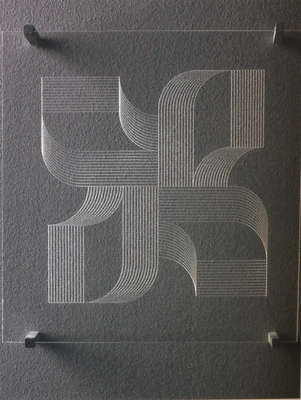The Museo Nacional Centro de Arte Reina Sofía (MNCARS) is the official name of Spain’s national museum of 20th century art (informally shortened to the Museo Reina Sofía, Queen Sofia Museum, El Reina Sofia, or simply The Sofia).[citation needed] The museum was officially inaugurated on September 10, 1992 and is named for Queen Sofia of Spain. It is located in Madrid, near the Atocha train and metro stations, at the southern end of the so-called Golden Triangle of Art (located along the Paseo del Prado and also comprising the Museo del Prado and the Museo Thyssen-Bornemisza).
The museum is mainly dedicated to Spanish art. Highlights of the museum include excellent collections of Spain’s two greatest 20th century masters, Pablo Picasso and Salvador Dalí. Certainly the most famous masterpiece in the museum is Picasso’s painting Guernica. The Reina Sofía collection has works by artists such as: Juan Gris, Joan Miró, Julio González, Eduardo Chillida, Antoni Tàpies, Pablo Gargallo, Pablo Serrano, Lucio Muñoz, Luis Gordillo, Jorge Oteiza and José Gutiérrez Solana.
International artists are few in the collection, but there are works by Robert Delaunay, Yves Tanguy, Man Ray, Jacques Lipchitz, Lucio Fontana, Yves Klein, Max Ernst, Richard Serra, Bruce Nauman, Donald Judd, Damien Hirst, Julian Schnabel, Joseph Beuys, Nam June Paik, Wolf Vostell, Gabriel Orozco, Clyfford Still, cubist still lifes by Georges Braque and a large work by Francis Bacon.
It also hosts a free-access library specializing in art, with a collection of over 100,000 books, over 3,500 sound recordings and almost 1,000 videos.
The central building of the museum was once an 18th-century hospital. Extensive modern renovations and additions to the old building were made starting in 1980. In 1988, portions of the new museum were opened to the public, mostly in temporary configurations; that same year it was decreed by the Ministry of Culture as a national museum. Its architectural identity was radically changed in 1989 by Ian Ritchie with the addition of three glass circulation towers. An 8000 m2 (86,000 ft2) expansion costing €92 million designed by French architect Jean Nouvel opened October 2005.
(source: wikipedia.org)
Museo Nacional Centro de Arte Reina Sofia
| i |
| name: | Museo Nacional Centro de Arte Reina Sofia |
| location: | Madrid (Spain) |
Description
Location
Owned artworks
Comments
enter new comment


